The Remarkable Mule: A Comprehensive Guide
The mule, a creature of strength, resilience, and surprising intelligence, occupies a unique niche in the animal kingdom. Often overlooked, this hybrid boasts a history intertwined with human civilization and a biology all its own. This guide delves into the world of the mule, exploring its origins, characteristics, behavior, ecological role, and enduring contributions to our world.
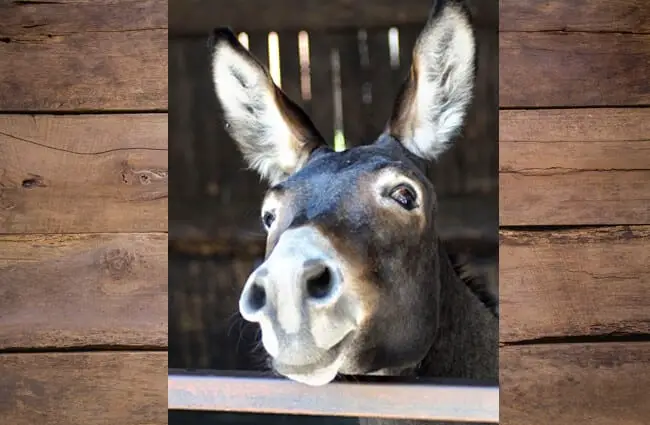
Origins and Evolution
The mule is not a species in its own right, but a hybrid offspring resulting from the cross between a male donkey (jack) and a female horse (mare). This deliberate crossbreeding dates back thousands of years, with evidence suggesting its practice in ancient civilizations. Donkeys and horses, though related, have differing numbers of chromosomes. Horses possess 64 chromosomes, while donkeys have 62. This difference is crucial, as the mule inherits 63 chromosomes—an odd number that results in sterility.
While most hybrid offspring are unable to reproduce, the mule’s consistent viability and useful traits ensured its continued propagation through human intervention. Natural hybridization between horses and donkeys is rare due to geographic separation and behavioral differences, but when it occurs, the resulting offspring shares the same characteristics as those bred by humans.
Physical Characteristics and Adaptations
Mules inherit the best traits of both parents. They typically possess the sturdy build of a donkey, providing exceptional strength and endurance, combined with the size and agility of a horse. Their height varies depending on the size of the parent horse, ranging from 36 to 72 inches. Mules also exhibit a distinctive upright mane and a long, slender tail reminiscent of their donkey ancestry.
A key adaptation is their hardiness. Mules are remarkably resistant to harsh conditions, requiring less food and water than horses of comparable size. Their hooves are also tougher and more resistant to wear, allowing them to navigate rocky terrain with ease. This makes them ideal for working in challenging environments.

Habitat and Distribution
Mules are not wild animals; their distribution is entirely dependent on human activity. Historically, they have been utilized across a wide range of environments, from the mountainous regions of North America and Europe to the arid landscapes of Africa and Asia. They thrive in diverse climates and terrains, often inhabiting areas where horses struggle to survive.
Today, mules are found worldwide, often employed in agriculture, recreation, and as pack animals in remote areas. They continue to be essential in regions where motorized transport is impractical or impossible. Specifically, they are commonly found in national parks like the Grand Canyon, where they transport supplies and visitors along challenging trails.
Diet and Foraging Behavior
Mules are herbivores, consuming a diet primarily consisting of grasses, hay, and grains. They are efficient foragers, able to extract nutrients from relatively poor quality vegetation. Their digestive systems are well adapted to processing fibrous plant material, and they require a significant amount of roughage to maintain good health.
Compared to horses, mules tend to be more conservative eaters, requiring less feed to maintain their weight. This efficiency is a valuable trait in resource‑limited environments. They also have a strong preference for browsing on shrubs and bushes when available, supplementing their diet with additional nutrients.
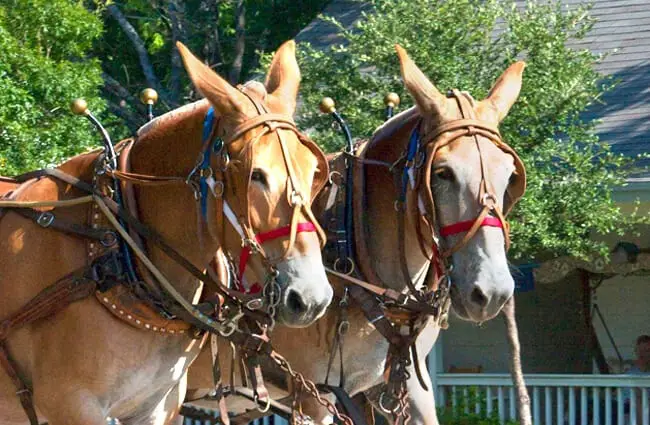
Mating and Reproduction
As previously mentioned, mules are almost always sterile due to their odd number of chromosomes. The mismatched chromosomes disrupt the process of meiosis, preventing the formation of viable gametes (sperm and egg). There have been extremely rare documented cases of fertile female mules producing offspring, but these instances are exceptionally unusual and often involve complex reproductive technologies.
Because of their sterility, mules are entirely dependent on human intervention for their continued existence. Breeders carefully select parent horses and donkeys to produce mules with desirable traits, ensuring the continuation of this valuable hybrid. The most common and popular breeding combinations aim for larger, more horse‑like mules suitable for riding and draft work.
Mules and the Ecosystem
As a domesticated animal, the mule’s direct impact on natural ecosystems is limited. However, they play a role in maintaining landscapes where they are used for grazing or pack animal services. Their grazing patterns can influence vegetation growth, and their presence can contribute to the overall biodiversity of a region.
Mules also indirectly benefit ecosystems by reducing the need for motorized transport in sensitive areas. Their use as pack animals minimizes soil erosion, reduces air pollution, and preserves the natural beauty of wilderness landscapes. They can also help to maintain trails and prevent overgrowth, enhancing access for hikers and other outdoor enthusiasts.
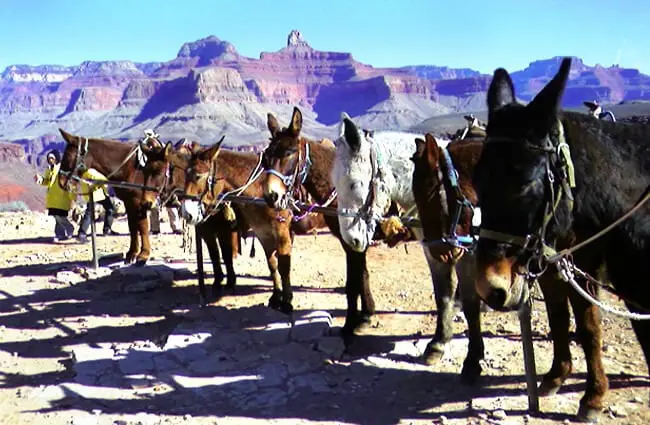
Mules in Human Culture and History
Throughout history, mules have been indispensable partners to humans. They have served as beasts of burden, transportation, and agricultural tools. Their strength, endurance, and surefootedness made them ideal for plowing fields, hauling goods, and navigating difficult terrain.
In many cultures, mules hold symbolic significance. They are often associated with hard work, resilience, and practicality. In some regions, mules are considered symbols of good luck and prosperity. They have also featured prominently in literature, art, and folklore, often representing the virtues of diligence and perseverance.
Interacting with Mules in the Wild (or on Trails)
While not truly “wild,” encountering a mule on a trail or in a rural area is possible. Approach with caution and respect. Mules, like all animals, can be unpredictable. Avoid sudden movements or loud noises. Speak calmly and slowly.
If the mule appears agitated or defensive, give it plenty of space. Do not attempt to feed it, as this can encourage it to approach you. If the mule blocks your path, calmly try to detour around it. If you are concerned about your safety, report the encounter to local authorities.
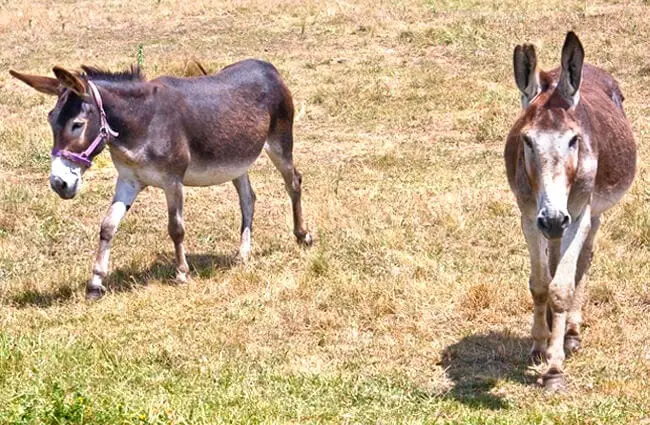
Caring for Mules in Captivity
Mules, while hardy, require specialized care in captivity. A spacious enclosure with access to both pasture and shelter is essential. Their diet should consist of high‑quality hay, grains, and fresh water. Regular hoof trimming and dental care are crucial for maintaining their health.
Mules are intelligent and require mental stimulation. Providing them with toys, puzzles, and opportunities for interaction can prevent boredom and behavioral problems. Social interaction with other equines is also beneficial. Avoid overworking or pushing them beyond their physical limits. Their strong will requires patient and consistent training techniques.
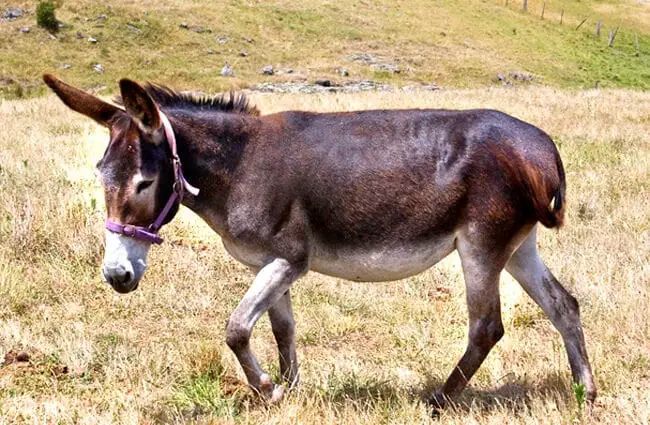
Fascinating Mule Facts
- Mules can live for 30 to 50 years, often outliving horses.
- They have exceptional memories and can easily recognize familiar people and places.
- Mules are less susceptible to certain equine diseases than horses.
- They possess a strong sense of self‑preservation and are less likely to take unnecessary risks.
- Mules can be trained to perform a wide range of tasks, from riding and packing to driving and performing tricks.
The mule, a testament to the power of selective breeding and the enduring partnership between humans and animals, continues to captivate and serve us. Its unique blend of strength, resilience, and intelligence ensures its place as a valuable asset and a remarkable creature for generations to come.

![Red Angus Closeup of a beautiful Red Angus cowPhoto by: U.S. Department of Agriculture [pubic domain]https://creativecommons.org/licenses/by/2.0/](https://animals.net/wp-content/uploads/2020/03/Red-Angus-4-238x178.jpg)




![Red Angus Closeup of a beautiful Red Angus cowPhoto by: U.S. Department of Agriculture [pubic domain]https://creativecommons.org/licenses/by/2.0/](https://animals.net/wp-content/uploads/2020/03/Red-Angus-4-100x75.jpg)

